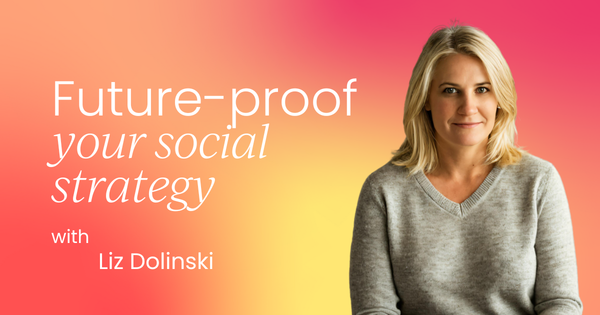Social media used to be considered a channel – an additional line on a marketing plan handed off to a junior team member. That’s no longer the case. For modern consumer brands, social media is the brand.
It’s where growth happens, where relationships are built, where loyalty is earned (or lost). It’s no longer something that sits on the side.
As a fractional CMO who worked with Foria, a women's intimate wellness brand, I’ve had a front-row seat to how volatile and vital social media has become. Foria operates in a space that’s both commercially hot and culturally sensitive: sexual wellness and period care.
That means the stakes are high when it comes to visibility and accessibility. And yet, the platforms that host our brand conversations (Facebook, Instagram, X) don’t always make it easy.
Platform rules vs. platform reality
We’ve had ads and accounts taken down even when we follow the stated rules. That’s because so much of what governs content moderation today is automated. Algorithms don’t understand nuance. They can’t tell the difference between pornography and a healthy conversation about breastfeeding.
Most of the time those takedowns hit when we’re precisely following the platform’s own guidelines – because the approval process is almost entirely automated and blind to context.
That’s not just frustrating, it’s dangerous. Women’s health is already underrepresented in mainstream discourse. When tech platforms silence us, even unintentionally, they’re reinforcing that marginalization.
This challenge isn't unique to us. Any brand in an emerging or sensitive category (cannabis, mental health, LGBTQ+) faces the same hurdles. And the consequences are bigger than a missed campaign.
If your communication with customers relies on a single platform, and that platform fails you, your brand can collapse.
Our CBD-based products run into the same invisible wall. Even though policy updates technically allow CBD advertising, the bots still flag us and pull campaigns mid-flight.
If half your revenue comes from one platform, you’re effectively renting your customer relationships. As I like to warn founders, if 50% of your acquisition comes from one channel, you’re an Uber driver – the platform owns the rider, not you.
From organic reach to AI-generated execution
The evolution of social media marketing has been shaped by tech giants shifting the rules to suit their revenue models.
Remember when organic reach was enough? Then Facebook changed the algorithm and suddenly you had to pay to reach your own audience. Then Apple changed privacy policies, and paid social’s dominance crumbled. Brands pivoted to influencers and, now, even that ecosystem is being disrupted by AI.
Every time you think you’ve found a stable strategy, the rules shift. The big platforms are in constant game-theory mode, and we’re playing on their board. Assume they will move the goalposts, because they will.
And if your brand is dependent on a single tactic, whether it’s Facebook ads or creator partnerships, you’re building on sand. The key is to differentiate between strategy, planning, and execution. AI can revolutionize execution.
Need 12 versions of a TikTok caption? Want to generate variations on a product image? Let AI do the grunt work. But strategy, that’s still human.
If you let AI define your brand, you’ll get something average, middle-of-the-road, and forgettable. And that’s the opposite of what successful brands need.
A brand needs a point of view. It needs to provoke and say something that resonates, surprises, delights, or even challenges. You can’t outsource that to a tool trained on what’s already out there.
Social media is no longer a level playing field
There’s still a romantic notion out there that any brand can win on social media, that it’s an open marketplace of ideas. But the reality is that social media has become more like traditional media: expensive, algorithmically constrained, and dominated by incumbents.
You can’t count on “going viral” anymore. And you certainly can’t count on organic growth if you’re not already part of the algorithm’s favorite club. I’ve seen brands with hundreds of thousands of followers reach less than 1% of them.
That’s why volume and relevance are so important and also why AI is being used to churn out content en masse.
But again, more content doesn’t mean better content. The human brain craves the unexpected; when every interaction unfolds exactly as predicted, it blurs into background noise.
If you’re not producing material that creates an emotional connection, if you’re not sparking curiosity, joy, empathy, or excitement, your brand fades into the background noise.
The role of community in a fragmented landscape
Given how fragmented and volatile social media has become, many brands (ours included) are investing in community building on platforms like Reddit and Discord. These spaces offer more control, more depth, and more genuine conversation.
But let’s be clear: those platforms are also social media. And you’re still subject to their rules and shifts. If you build your entire community on Discord and Discord changes its policies or monetization model, you’re back where you started.
You need platform redundancy, audience overlap, and relationships that are portable and resilient.
It comes back to a fundamental marketing truth: if you don’t own the relationship with your customer, you don’t own your brand.
That means diversifying your channels, be it email, owned communities, SMS, or events. Wherever your customers go, you need to go with them. If they migrate from X to Threads, you migrate too. But the connection has to outlive the platform.
What’s next?
We’re moving into a world where consumers are as AI-savvy as brands. They’re skeptical. They can tell when something was written by a bot.
Gen Z, especially, has a finely tuned authenticity radar, as they grew up in a world of deepfakes and auto-tuned reality, so spotting an inauthentic voice is second nature.
They’re also developing their own personal brands and wielding tools (automation, browser extensions, filters) to navigate the digital world on their terms. That changes how they engage with us.
They might not even see your email, or your ad, or your promoted post. They’re curating their experience in real time.
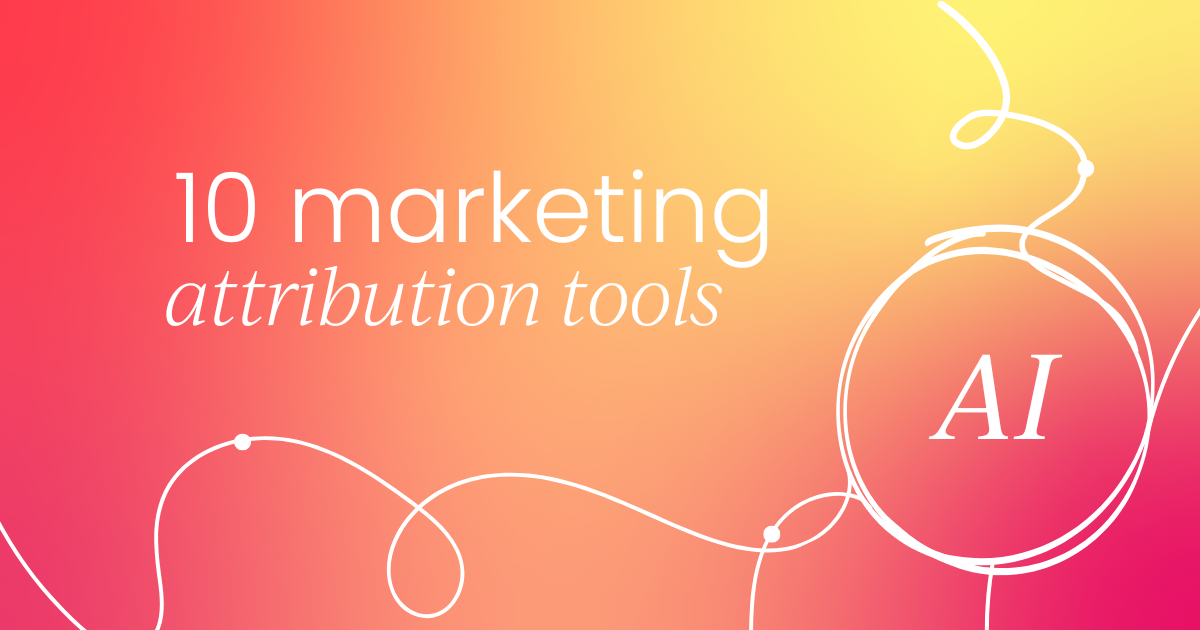
At the same time, trolls now wield the same AI firepower. When a bad actor impersonates me or floods a thread with bot-generated vitriol, I rely on our superfans to step in and say, “That’s not the real Foria voice”.
This is why strong community relationships matter. When someone impersonates your brand or trolls your account, you want your fans to defend you. You want them to say, “That’s not who they are. That’s not what they stand for”.
So, what should CMOs do?
- Stop treating social media like a silo. It’s not a side job, it’s central to your brand strategy. In my view, it deserves at least half of a CMO’s mental bandwidth.
- Prioritize thinkers over doers. The execution will be automated. The ideas, insights, and provocations, that’s where your talent needs to focus.
- Diversify your platforms. Don’t let one algorithm dictate your entire customer acquisition model.
- Use AI to scale, not define. Automate production, not personality.
- Invest in community. Not just for engagement, but for resilience, authenticity, and brand protection.
Conclusion
Social media will continue to evolve. Platforms will rise and fall and algorithms will shift. But your philosophy about who you are as a brand, what you stand for, and how you build meaningful relationships, should remain steadfast.
Because at the end of the day, platforms are just tools. It’s the people who matter.
Want to move faster without the chaos? Our driving marketing team efficiency with AI ebook reveals how top marketers are using AI to streamline workflows, boost efficiency, and unlock growth without sacrificing creativity or control.
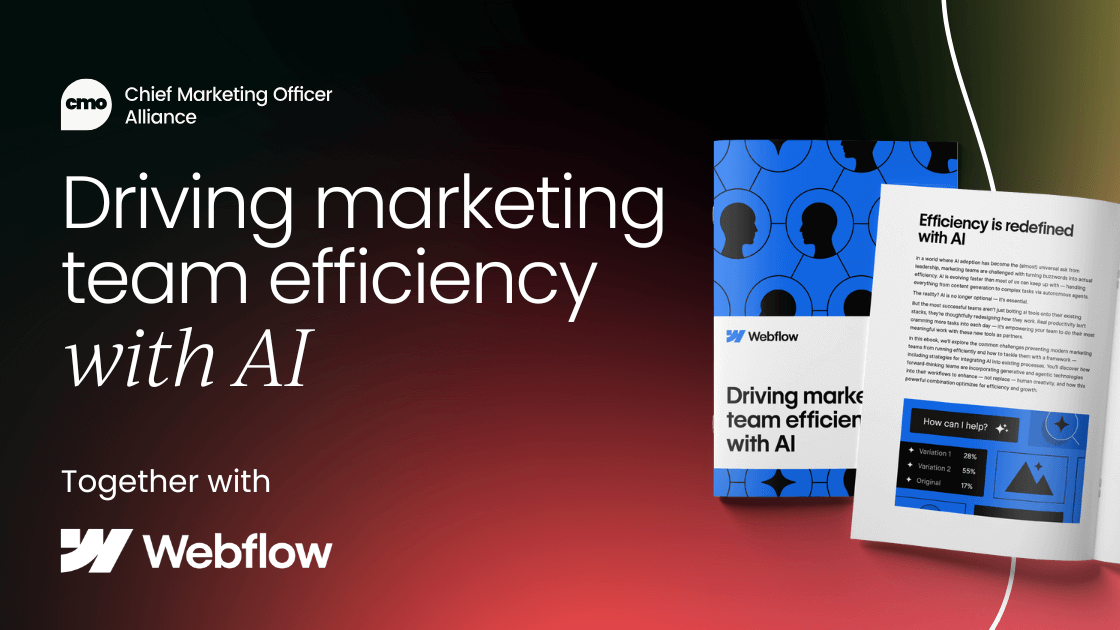






.png)


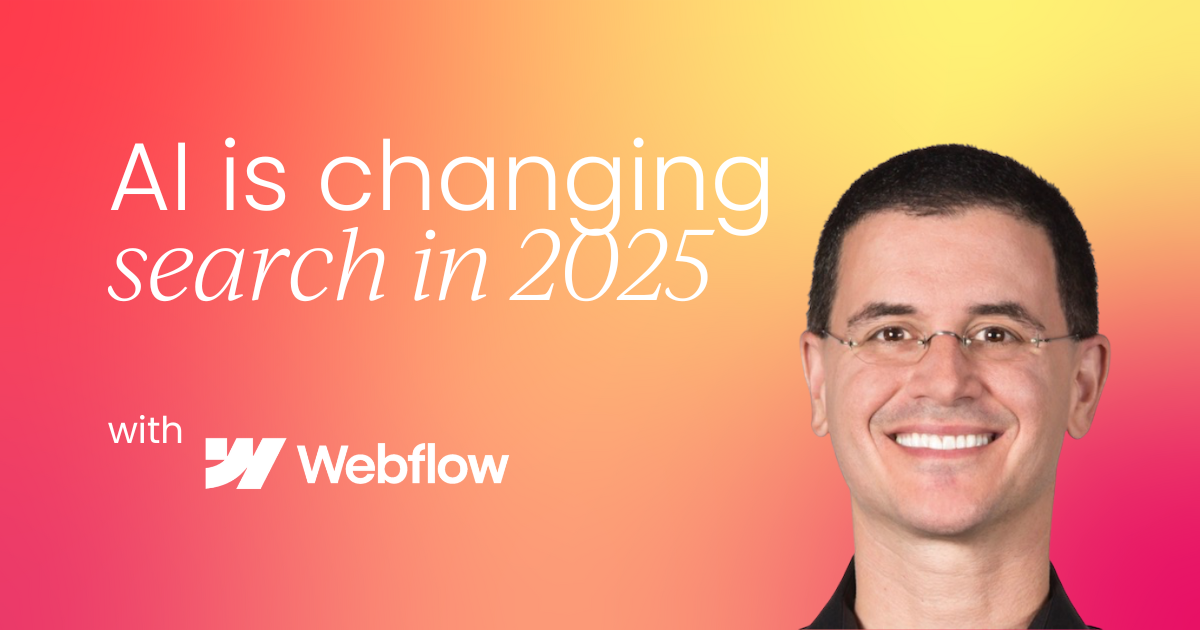
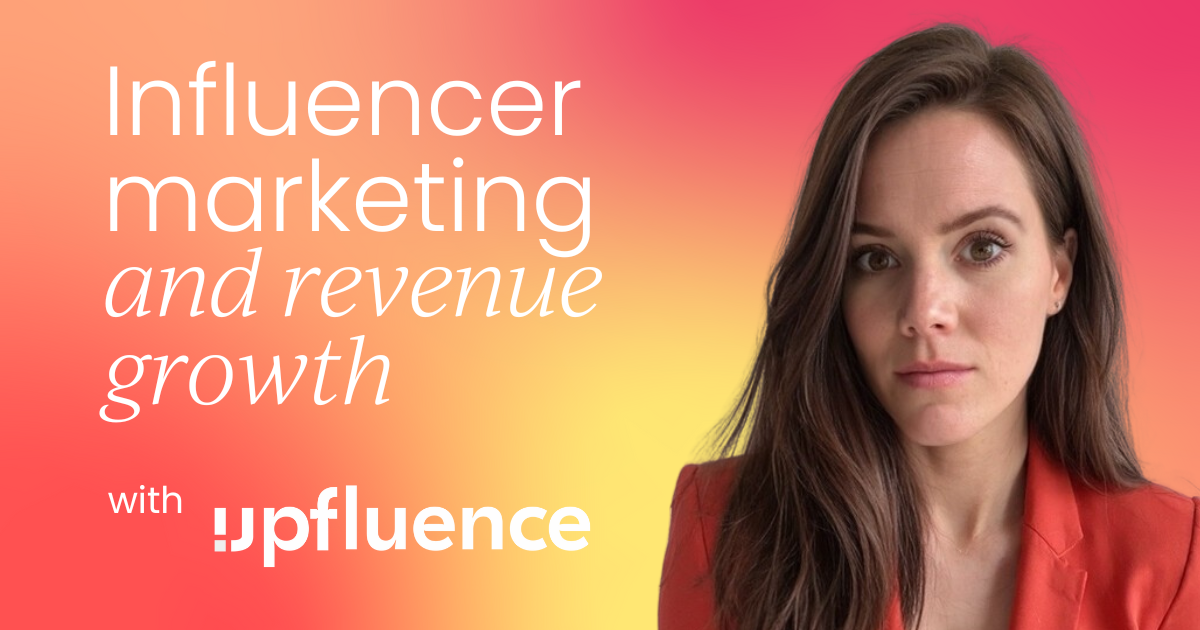
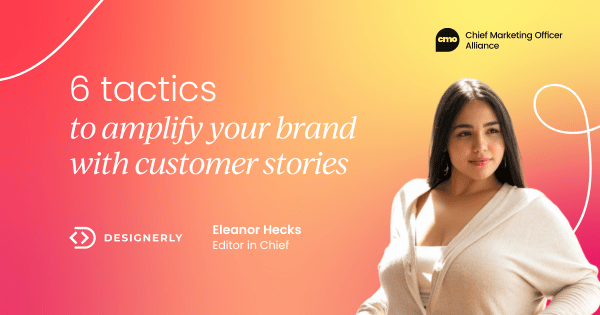




 Follow us on LinkedIn
Follow us on LinkedIn



